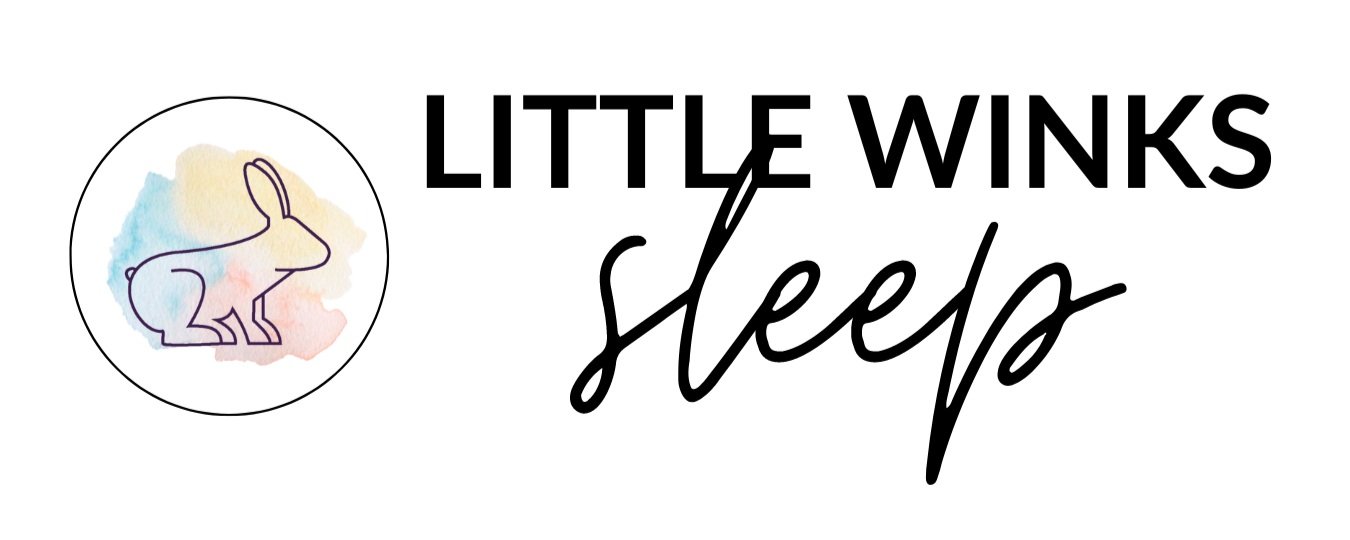Should I use a swaddle for my baby?
Ahh, swaddling … the 104th thing that made me feel completely unprepared to be a parent. I actually practiced this one on a doll while pregnant, right along with diaper changing and clicking baby into the car seat. As it turns out, swaddling was a lot tougher to do on a LIVE baby … nevermind an overtired baby who had just passed gas and was in the middle of the 5-8 week brain leap … anybody else relating over here? Just me? Cool.
Oftentimes as parents we can get overwhelmed with the idea of swaddling. We aren’t quite sure how it’s supposed to work, what the purpose of it is, and when you throw in a moving baby with their tiny scream-cry voice, we think: Do they really need to be swaddled? No? Great, moving on then!
Let me stop you right there.
Speaking as a Certified Pediatric Sleep Coach, swaddles are a significantly helpful tool for calming your newborn. And considering that our newborns can become overtired quickly and are capable of an extraordinary ability to exercise their lungs, I say that learning how to swaddle and understanding why we swaddle is a valuable use of your time.
So, why do we swaddle newborns?
It provides comfort. The swaddle also mimics the warmth and snugness that baby felt in the womb. This security and cozy feeling also helps to calm them when upset.
It prevents unnecessary wakings. Swaddles are used to prevent the Startle reflex from happening during sleep. Young babies startle easily, and therefore wake easily. Since babies do not develop partial paralysis (where they no longer act out their dreams) until around 12 weeks of age, it is helpful to have tools in your toolbox for effective sleep - and one of those tools is the swaddle!
A couple of recommendations when using a swaddle:
Only use the swaddle for babies who are 0-12 weeks, and not yet showing signs of rolling.
Make sure to always put baby onto the swaddle blanket in the order of feet, bum, back to prevent the Moro reflex from triggering (the sensation of falling).
Fold babies arms so that their hands are near their chest.
Make sure baby’s hands are not bound around their hips, as they need good hip movement.
Next how do we swaddle a newborn?
While I could write a colourful description of how to swaddle a baby, I find it’s easier to show you. Check out my video demonstration of how to swaddle a baby here:
And finally, if you’re choosing to swaddle your newborn, you’ll also need to know when and how to transition baby our of the swaddle.
Safety recommendations state that it is important to transition baby out of the swaddle by 12 weeks, or earlier if they are showing signs of rolling.
The reason it is KEY to move out a swaddle by 12 weeks is that fact that baby can learn to roll quite quickly. They can even start rolling at night. If baby is swaddled and rolls over, they turn and get stuck (which is a major breathing hazard).
Alternatively, keeping baby in the swaddle too long can also delay their development of rolling.
Let’s talk about the steps for transitioning out of the swaddle:
You’ll swaddle baby with one arm out for 3 nights.
Then swaddle baby with both arms out for 3 nights.
Swaddle baby around the chest for 3 nights.
Next, swaddle baby at the belly for 3 nights (making sure their hips are free to move).
Finally, put them into a sleep sack, and use this until they are in a big bed with a blanket.
If you want to learn more about what to look for in a swaddle, you can check out my thoughts on YouTube.
Happy Swaddling,
Anna


